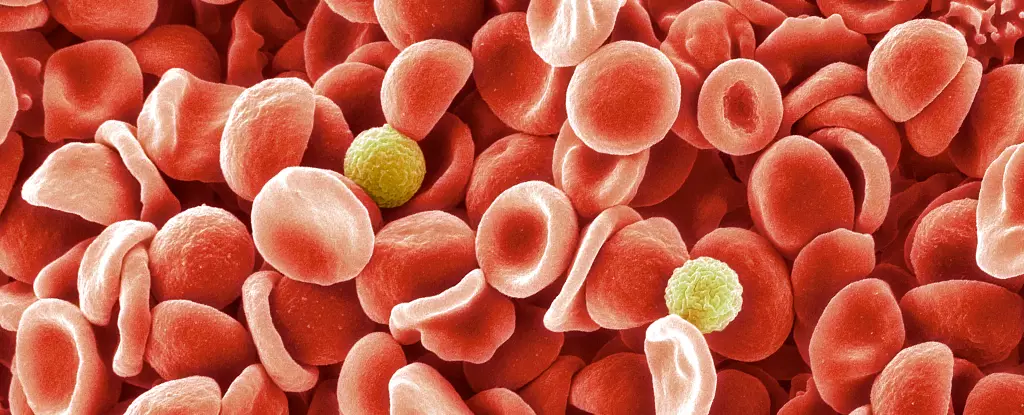In the annals of medical research, few stories resonate with the same promise of hope and innovation as the recent discovery of a brand-new human blood group system—dubbed the MAL blood group. The saga began in 1972 when a pregnant patient’s blood revealed a perplexing anomaly: the absence of a specific surface molecule commonly found on all human red blood cells. For over five decades, this medical enigma lingered unaddressed, an oddity nestled within the complexity of human biology. The revelation emerged from a collaborative effort between researchers in the UK and Israel, culminating in a groundbreaking study published in 2024.
This newfound blood group is more than a mere scientific curiosity; it stands as a testament to the relentless pursuit of knowledge in a field fraught with challenges. Leading the research, UK NHS hematologist Louise Tilley noted that the identification of this new blood group marks a monumental achievement both for the medical community and for the patients who suffer from rare blood types. Her two-decade dedication to uncovering the truths surrounding this peculiar molecular signature is an indication of the caliber of commitment required to tackle such complex medical enigmas.
The Complexity of Blood Group Systems
While many are familiar with the ABO blood group and the Rh factor—elements critical for safe blood transfusions—the reality is that the human blood group system is prodigiously intricate. An array of cell-surface proteins and sugars defines our blood, serving essential roles that transcend mere classification. These antigens function as identification markers, distinguishing our cells from foreign intruders. Misalignment during transfusions can lead to dire consequences, making the precise understanding of each blood group paramount.
The MAL group joins the ranks of previously established systems, which have historically been identified in the early 20th century. The recent Er blood system, introduced by researchers in 2022, exemplified the ongoing discovery process, but the MAL blood group reflects a particularly profound leap. Tilley points out the inherent difficulty in studying these rare cases, emphasizing that fewer than 0.1% of the population lacks the AnWj antigen, foundational to MAL classification.
The Science Behind the MAL Blood Group
At the heart of the MAL blood group lies the AnWj antigen, associated with proteins critical for cellular function and stability. Researchers found that mutations in both copies of the MAL genes led to an AnWj-negative classification, akin to the blood type of the original patient from 1972. By trailing this genetic pathway, the research team uncovered additional patients with AnWj-negative blood who did not exhibit the same mutations, suggesting that alternative mechanisms may exist which suppress the antigen’s presence.
Tim Satchwell, a cell biologist from the University of the West of England, elucidated the hurdles faced in isolating the MAL protein. Its intricate properties obscured its identification, leading researchers to pursue a multifaceted investigative approach. By reintroducing the standard MAL gene into AnWj-negative blood cells, the team successfully confirmed their findings, marking a pivotal moment in this intensive research journey.
It’s also noteworthy that the AnWj antigen remains absent in newborns—a finding that raises critical questions about the antigen’s role in development. The research team examined genetic variants shared among AnWj-negative patients but found no additional cell abnormalities or diseases linked to these mutations. This crucial detail underscores the necessity for ongoing patient evaluations to ascertain whether the absence of the MAL antigen is hereditary or pointing toward another underlying health issue.
The Implications for Patient Care
With the identification of the MAL blood group, the potential for improved patient care expands dramatically. Armed with the knowledge of genetic markers that define this blood type, medical professionals can now conduct tests to discern the hereditary nature of an individual’s MAL-negative blood. Such insight is invaluable, particularly for the small population affected by this blood group, as it can lead to tailored treatments and interventions aimed at mitigating the risks associated with rare blood types.
Understanding these less common blood profiles not only enhances medical care but also highlights the indispensable value of research and collaboration in the pursuit of medical advancements. In an era of personalized medicine, discoveries like this pave the way for new treatments and improved prognoses, making the journey of exploration all the more worthwhile for the future of healthcare.


Leave a Reply